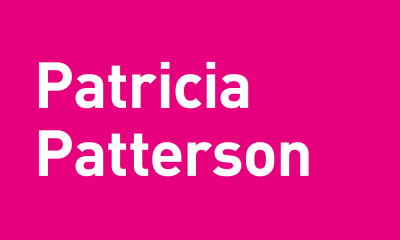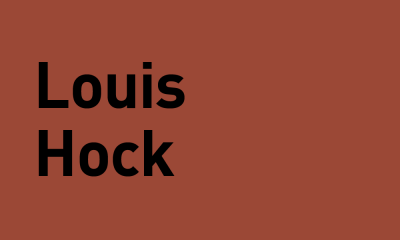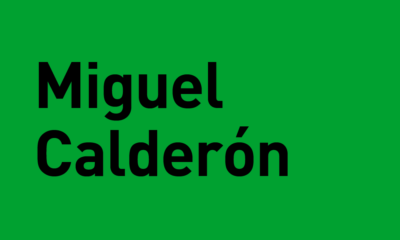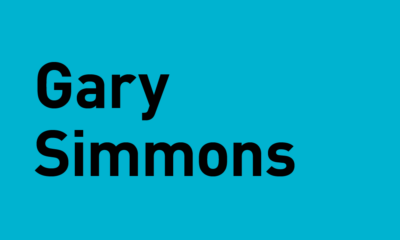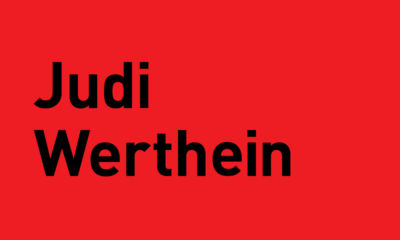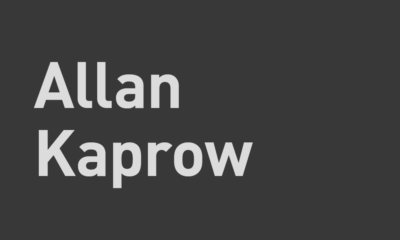Closeup
CLOSEUP Rosângela Rennó, United States, INSITE97.
“Still thinking on the border and its complexity (a “zone of density”) but giving priority to the Mexican side, I’ll invite Eduardo Zepeda to photograph different people that came from all the 32 states of Mexico to live and work in Tijuana. The name of the state will be identified some way (not defined yet in the photographic image). A show of about 20 color photographs of individual or group portraits will present the human landscape in Tijuana, curiously the most northern and western city in Mexico, the “cradle” of 50% of the immigration in Mexico. The identity of Tijuana is, at the same time, the lack of identity of a people that desires to be the Other and the strongest manifestation of the “Mexicanidad”... Eduardo Zepeda will be more than a photographer; he will be a kind of spokesperson of the complexity of the city, showing and suggesting how to photograph those people in a way that shows how (the) Mexican country is translated into a Tijuana neighborhood. Eduardo is my site. The work to be shown in a San Diego museum will be a metaphorical crossing of the border, and the title represents the anxiety of the city to be the other”. –Rosângela Rennó, INSITE97 (proposal).
“Tijuana is the most northern and western city of Mexico, but 50 percent of its population is comprised of immigrants. The thirty-two Mexican states are represented, in a small scale, in the urban landscape that presses itself against the frontier Wall—a patch-work of people proceeding from all the states, working, living on charity, or simply waiting. The identity of Tijuana is, at the same time, the lack of identity of a people that desires to be the Other and the strongest manifestation of the Mexicanidad”. –Rosângela Rennó, INSITE97 Guide.
“The physical and economic barrier established between USA and Mexico creates a ‘zone of density’ in the Mexican side, translated by a sensorial storm in Tijuana: profusion of colors, people, flavors, smells, sounds, heat, sex, etc. Tijuana seems to seduce the neighbor through the amplification of its natural attributes, intentionally exploiting the naiveté of the senses of the Other. This game couldn’t be played without all this contingent of working immigrants who make, spice, enjoy, and offer this melting pot.” – Rosângela Rennó, INSITE97 Guide.
“Perhaps the most socially insightful piece in the exhibition was by the Brazilian artist Rosângela Rennó, who used the rear windows of the Children’s Museum in San Diego to exhibit a series of photographs, commissioned from a Tijuana wedding photographer, of people from every state in Mexico currently living and working in Tijuana.” –Kurt Hollander, “Crossover Dreams”, Art in America, May, 1998 p. 50.
“Rosângela Renno’s ‘United States’, with its portraits of residents of Tijuana, does this symbolic passage of the portrait subjects, in which she presents them in San Diego. Rosângela had a commercial photographer in Tijuana make the photographs for her. It is a strategy of her art: her work is always being made by another. She’s not a photographer. She’s always appropriating and transforming the content of images. I mean, appropriation is her strategy in order to construct a discourse. In this case, the people whom she chose as models are not people who moved to the United States of America. They moved from every state in Mexico to Tijuana as their destination. There is the idea of being Mexican and not Mexican-American. The border becomes not a barrier, but a goal. They move to be there.” –Ivo Mesquita, INSITE97 Guide. Curators: Jessica Bradley, Olivier Debroise, Ivo Mesquita, and Sally Yard.
